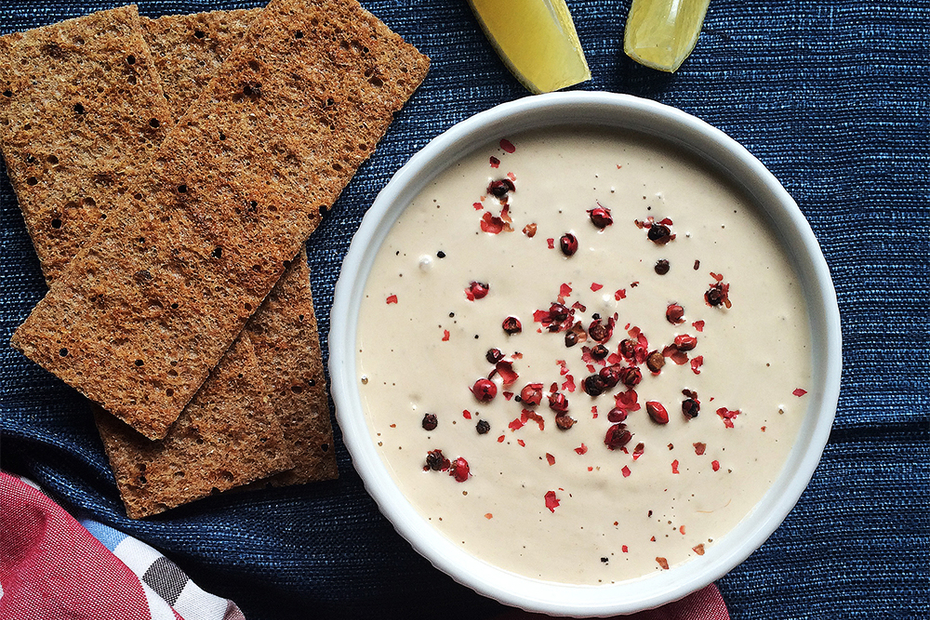Tahini is the dark golden colored cream made from soaked, peeled, roasted then, finally, pounded sesame seeds that usually replaces olive oil during the most austere fasting days of Lent. But beyond its role as a nutrition-packed Lenten ingredient (filled with protein, vitamin B, calcium, phosphorous and iron), tahini is also one of the most versatile and easy to use ingredients in the kitchen. In the repertory of Greek regional cooking it boasts many uses.
Sesame was a plant the ancient Greeks knew of and used, at least from about the 6th century b.C. They used the seeds as a condiment mostly in sweet pastries filled with soft goat’s milk cheeses. Greeks in the Byzantine era also carried on the tradition of using sesame seeds in the preparation of sweets, and one favorite was an early form of pastelli—sesame brittle—made with the pounded seeds and honey. The mixture was thick, almost solid, and once formed would be pressed or rolled into thin sheets and filled with nuts.
In modern Greece, it was the north of Greece, mainly Thrace, that is most reknowned for its cultivation of sesame seeds. In modern times the seeds were pressed for oil as well as turned into tahini, the paste. Today, very little sesame is still grown in Greece; it’s labor-intensive cultivation has made it too expensive a crop for most commercial farmers. Most of the sesame that we use, either in the form of seeds or paste comes from Third World countries. Nevertheless, there is still a tahini business to be spoken of in Thrace, and to this day if one wanders through the market area of Komotini one is bound to stumble upon one or two of the old tahinopoieia, tahini processors. These are essentially small workshops that still grind sesame seeds and sell its paste fresh. The Greek variety of sesame is darker (not toasted), and as a result so is authentic Thracian tahini, a luscious, aromatic peanut-butter-colored paste.






